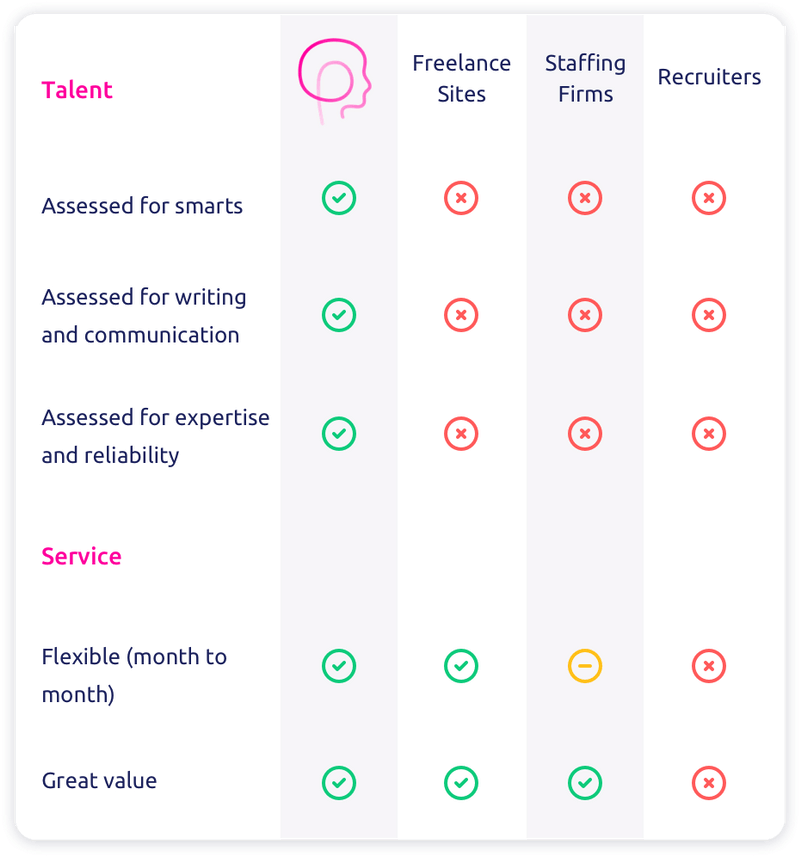What Is Human Resource Development (HRD)?
Human Resource Development (HRD) is a process of developing and enhancing the skills, knowledge, and abilities of employees in an organization. It is a continuous process that involves training, education, and development of employees to improve their performance and productivity in the workplace.
HRD includes a range of activities such as career development, performance management, leadership development, and succession planning, among others. The goal of HRD is to create a skilled and motivated workforce that can contribute to the success of the organization.
In the context of HRD, it is important to note that it is not limited to just training and development of employees. It also involves creating a positive work environment, promoting work-life balance, and ensuring employee well-being.
Why is Human Resource Development (HRD) important?
HRD is important because it helps organizations to improve the skills, knowledge, and abilities of their employees. This can lead to increased productivity, better job satisfaction, and higher employee retention rates. HRD also helps to ensure that employees are prepared to take on new challenges and responsibilities as the organization evolves and grows.
What are some common HRD activities?
Common HRD activities include training and development programs, performance management systems, career development planning, mentoring and coaching programs, and succession planning. These activities are designed to help employees grow and develop within the organization, and to ensure that the organization has the talent it needs to achieve its goals.
Dos And Donts of Human Resource Development (HRD)
Dos
- Develop a clear understanding of the organization’s goals and objectives.
- Design and implement training programs that align with the organization’s overall strategy.
- Regularly conduct training needs assessments to identify skill gaps and development opportunities.
- Encourage employee participation in training and development programs.
- Provide ongoing coaching and feedback to employees to support their professional growth.
Donts
- Don’t implement training programs without first conducting a needs assessment.
- Don’t neglect employee development opportunities due to budget constraints.
- Don’t rely solely on formal training programs to develop employee skills.
- Don’t overlook the importance of ongoing coaching and feedback for employee success.
- Don’t implement a one-size-fits-all approach to employee development.

